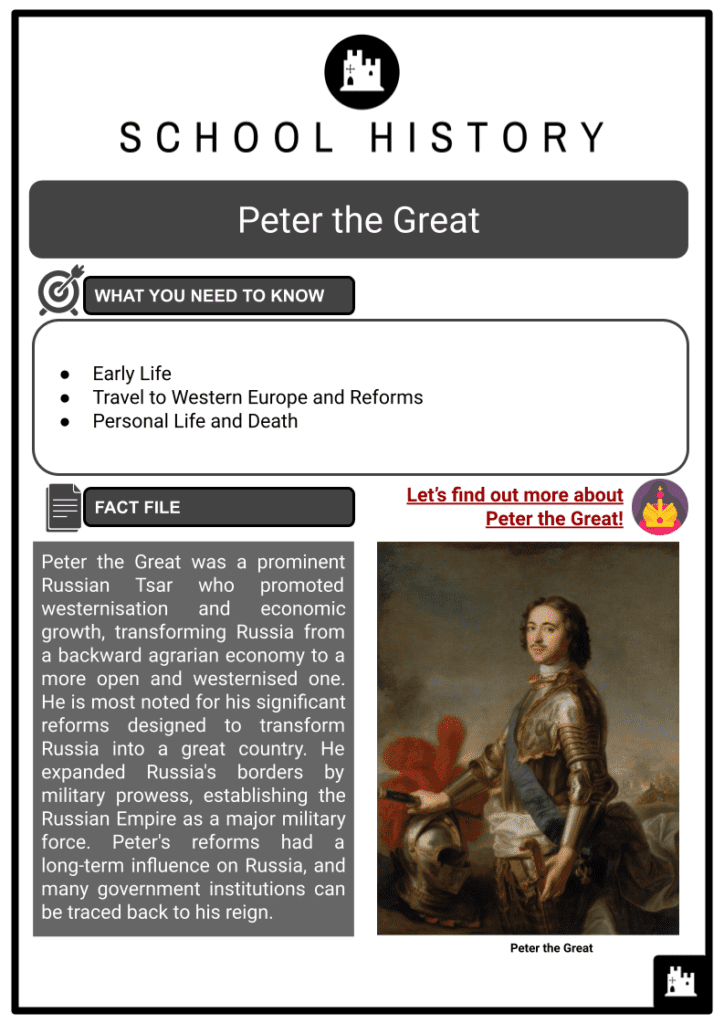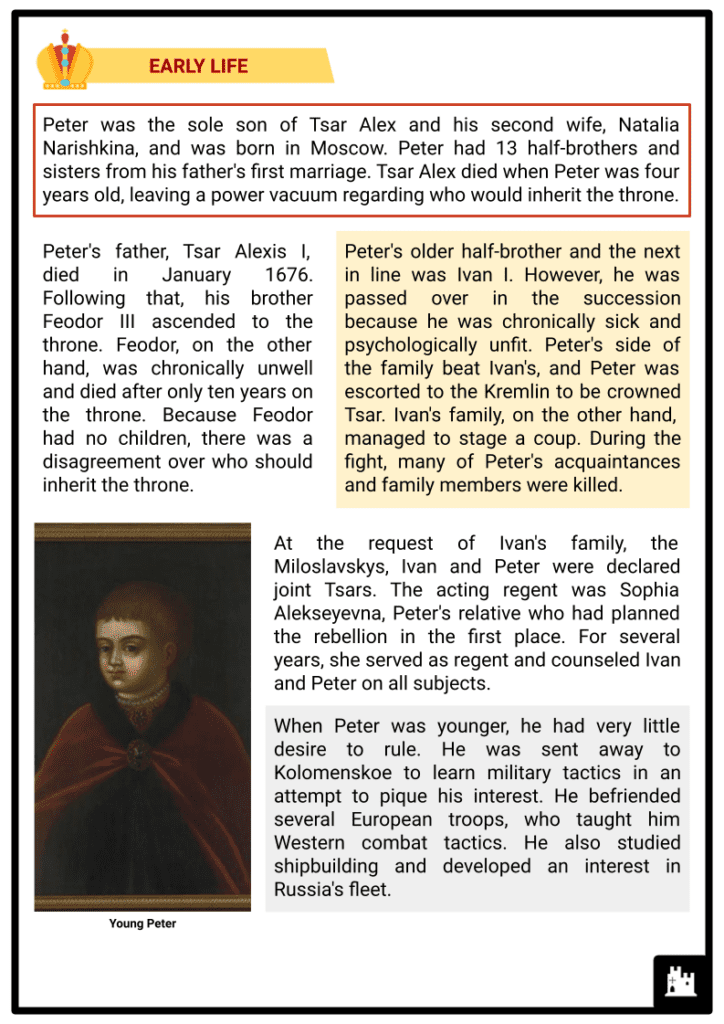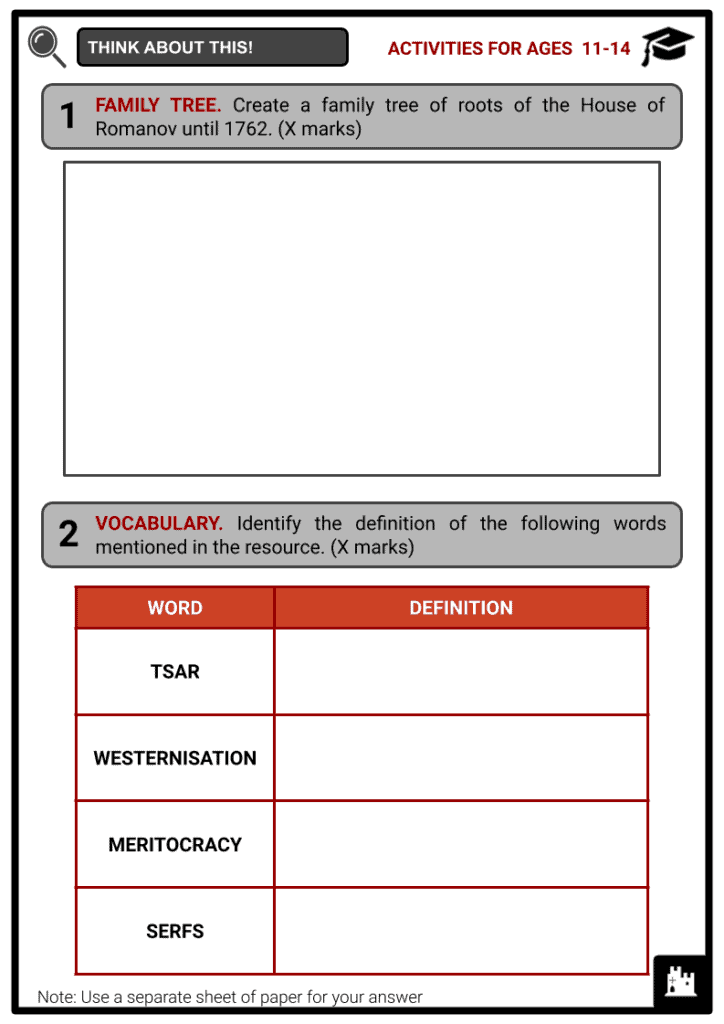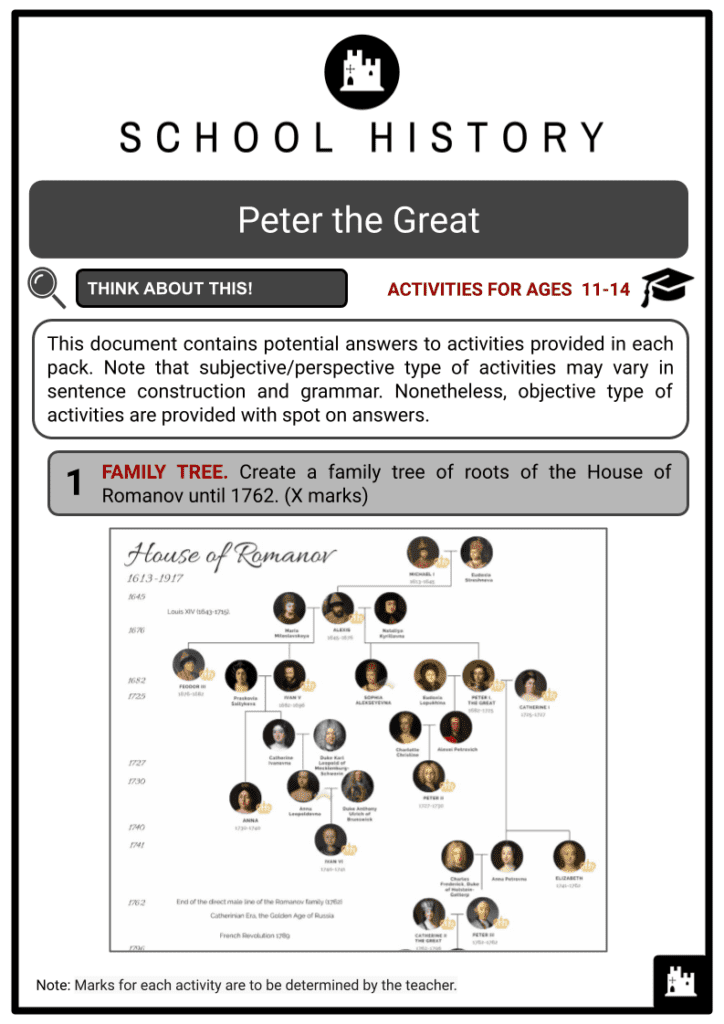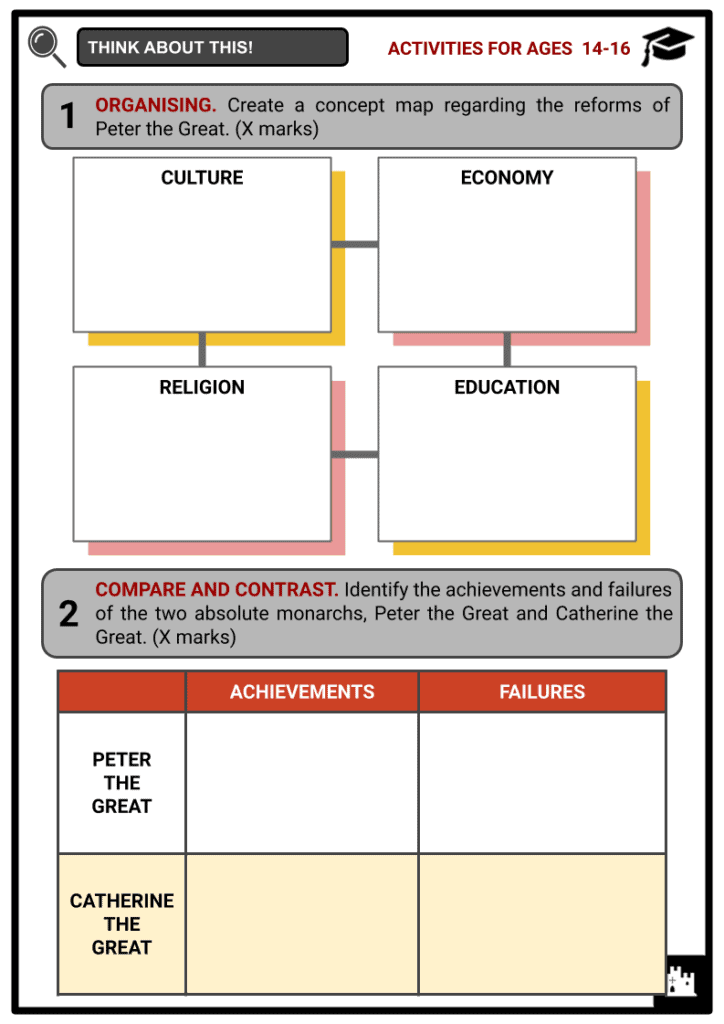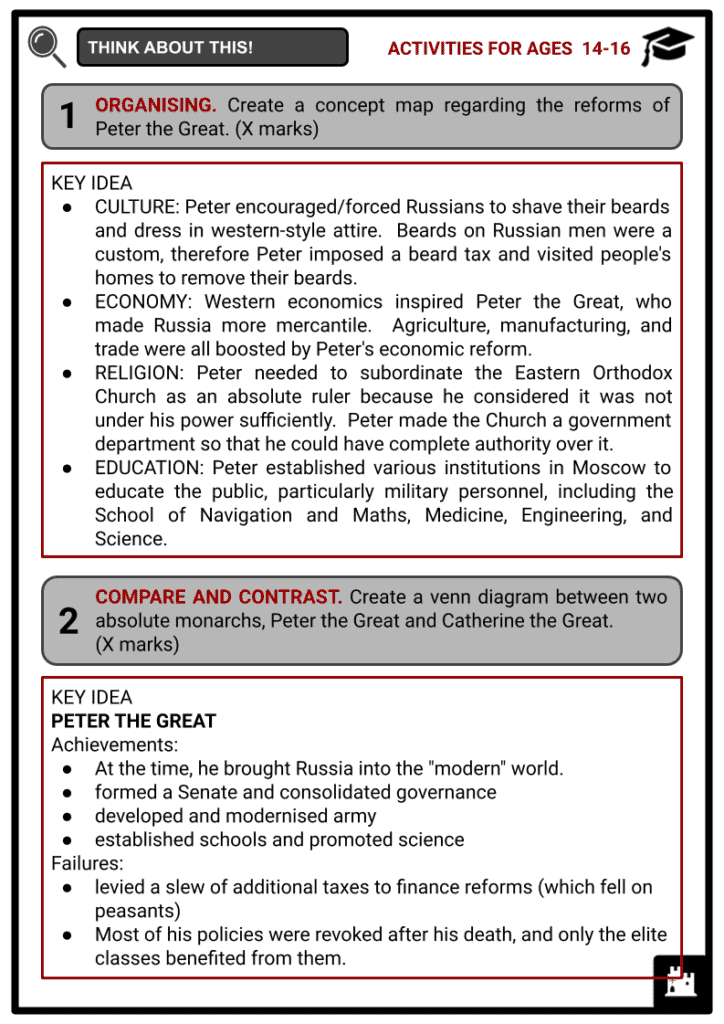Peter the Great Worksheets
Do you want to save dozens of hours in time? Get your evenings and weekends back? Be able to teach about Peter the Great to your students?
Our worksheet bundle includes a fact file and printable worksheets and student activities. Perfect for both the classroom and homeschooling!
Summary
- Early Life
- Travel to Western Europe and Reforms
- Personal Life and Death
Key Facts And Information
Let’s find out more about Peter the Great!
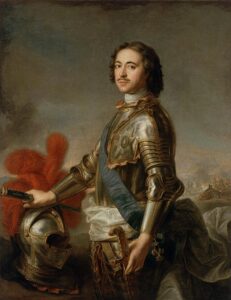
Peter the Great was a prominent Russian Tsar who promoted westernisation and economic growth, transforming Russia from a backward agrarian economy to a more open and westernised one. He is most noted for his significant reforms designed to transform Russia into a great country. He expanded Russia's borders by military prowess, establishing the Russian Empire as a major military force. Peter's reforms had a long-term influence on Russia, and many government institutions can be traced back to his reign.
EARLY LIFE
- Peter was the sole son of Tsar Alex and his second wife, Natalia Narishkina, and was born in Moscow. Peter had 13 half-brothers and sisters from his father's first marriage. Tsar Alex died when Peter was four years old, leaving a power vacuum regarding who would inherit the throne.
- Peter's father, Tsar Alexis I, died in January 1676. Following that, his brother Feodor III ascended to the throne. Feodor, on the other hand, was chronically unwell and died after only ten years on the throne. Because Feodor had no children, there was a disagreement over who should inherit the throne.
- Peter's older half-brother and the next in line was Ivan V. However, he was passed over in the succession because he was chronically sick and psychologically unfit. Peter's side of the family beat Ivan's, and Peter was escorted to the Kremlin to be crowned Tsar. Ivan's family, on the other hand, managed to stage a coup. During the fight, many of Peter's acquaintances and family members were killed.
- At the request of Ivan's family, the Miloslavskys, Ivan and Peter were declared joint Tsars. The acting regent was Sophia Alekseyevna, Peter's relative who had planned the rebellion in the first place. For several years, she served as regent and counselled Ivan and Peter on all subjects.
- When Peter was younger, he had very little desire to rule. He was sent away to Kolomenskoe to learn military tactics in an attempt to pique his interest. He befriended several European troops, who taught him Western combat tactics. He also studied shipbuilding and developed an interest in Russia's fleet.
- When Peter returned to Moscow at the age of almost eighteen, he planned to reclaim control from Sophia. She was aware of this and attempted a coup, but Peter defeated her. Sophia was sent to a monastery and forced to relinquish her royal title and name.
- Despite the fall of Sophia's reign, Peter remained Tsar alongside Ivan V, while his mother governed as regent until her death in 1694. Ivan V was Tsar for the remainder of his life, dying six years later, leaving Peter as Russia's only ruler.
TRAVEL TO WESTERN EUROPE AND REFORMS
- Peter the Great was a towering, bold, and lively person. His outgoing personality contrasted with the Royal court's more traditional traditions, which encouraged conformity and accepting life as it was. He did, however, want to reform many areas of Russian life as Tsar. Peter underwent a substantial period of overseas travel between 1697 and 1698, fascinated by legends about the west. He embarked on a protracted journey to Western Europe in order to have a better understanding of life in the West.
- Peter made the decision to travel across Western Europe and absorb as much about its culture as possible. He westernised Russian technologies and military tactics after his return. Based on his strong conviction in 'meritocracy,' he spent his time abroad trying his hand at several vocations. He worked in a variety of fields, including dentistry.
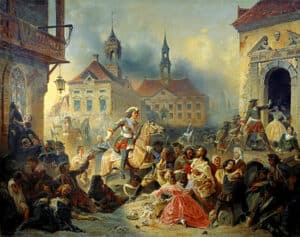
Peter in 1704 - He travelled with a group of 250 individuals, but hid his true identity under a pseudonym.
- He didn't merely observe western life from afar; he went to Holland and took a job as a ship's carpenter with the Dutch East India Company.
- He also worked for the Royal Navy in the docks in England, where ships were made.
- He encountered King William III of England in England, and his inquiring curiosity led him to a session of Parliament at Westminster.
- Peter took up ideas on science, education, the arts, and politics during his international travels.
- Most significantly, he became aware of a new way of doing things, a wider openness, which was leading to the Scientific Enlightenment, which was epitomised by intellectuals such as Isaac Newton, Galileo, and Rene Descartes.
- When Peter returned to Russia, he hastened his reforms. He created a new contemporary fleet modelled after the European model. New uniforms were introduced to make the army more professional. He also promoted trade and business, resulting in the rise of towns and the emergence of a new class of merchants.
- He also asked Western scientists to teach their knowledge in Russia. Russian court members were also sent overseas to study Western culture. In brief, Peter wanted to modernise Russia and accelerate scientific and educational progress in order to close the gap with its western neighbours.
- The Russian government had long been governed by the notion of patronage, with positions passed down through the family, but this meant that administrators had little motivation to be innovative or effective. Peter attempted to reform the system such that officials were promoted based on their abilities and merit. He also pushed individuals in the western court to adopt western clothes and behaviours, such as drinking coffee and smoking cigarettes.
- To prevent the growth of beards, he even imposed a fee in 1698. He also promoted intermarrying between the Russian Royal Family and European Royal Families. Despite the early criticism, it was a huge success and would have a significant impact on European politics for generations to come.
- Peter's foreign policy goal was to strengthen Russia through military wars. A long period of tension existed with neighbouring Sweden. After a series of losses, Russia beat Sweden in 1709, a prominent power at the time. After defeating Sweden, Alexander established a new capital city on the Neva River as a symbolic gesture. This city became St Petersburg, signifying a new age and the new Russia's western orientation.
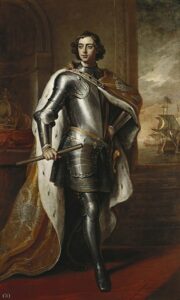
Portrait of Peter, a gift to the King of England - Peter's authority and popularity grew as a result of his foreign policy accomplishments. They were, however, expensive, resulting in greater taxes. This contained a poll tax that was levied on both landowners and serfs. Some citizens who were paying more taxes but not receiving the benefits of western reforms protested, resulting in riots against the Tsarist regime. During his reign, Peter did not hesitate to put down several rebellions. He was ruthless in his orders to torture and execute rebels who attempted to overthrow Peter in any part of the Russian Empire.
- The Russian Orthodox church wielded considerable authority and influence over both the state and the population in Russian society. Because he perceived them as a regressive influence, Peter intended to diminish their power and seize control over church decisions. He was deeply religious himself, but he was skeptical of the church hierarchy's devotion, which he believed was abused. In 1700, he replaced the strong patriarchal role with a Holy Synod, thereby defusing the authority of any one person in the church.
PERSONAL LIFE AND DEATH
- His mother arranged his marriage to Eudoxia Lopukhina, a minor noblewoman, when he was 17, in the hopes of encouraging him to be more traditional, but the marriage did not work out. Despite having three children with Peter, he attempted to break the marriage in 1698. When she was 26, Peter had her committed to a convent and eventually divorced her. It also led Peter to abolish arranged marriage, which he believed left individuals with unsuitable companions.
- Catherine, his second wife, was a Lithuanian peasant who had been his mistress for a while, which was rare for the Romanovs. Around 1707, they married in secret (the secrecy was due to her peasant stock). They had 11 children, three of whom were named Peter and died as infants.
- Alexei, his first son from his first marriage, had a strained relationship with his father, and he was long accused of plotting against him. His own son was imprisoned in 1718 on suspicion of conspiring against Peter. He was tortured and confessed to a scheme while being tortured. He died in jail, most likely from torture-related injuries, before his father signed his death warrant. His first wife was similarly accused of infidelity on false grounds.
- Peter's bladder and urinary tract troubles worsened as he grew older. Doctors operated and removed around four pounds of pee from his bladder. Though he healed for a while, his issues reappeared, worsening. He died without appointing an heir on 8 February 1725. His bladder was afflicted with gangrene, according to an autopsy performed after his death. There were rumours that he was poisoned by his wife and second son, both of whom aspired to be his heir. Peter was succeeded by his second wife Catherine after his death.

